different shutter speeds
To test the effect of different shutter speeds I thought a continuous stream was ideal for this exercise. I have tested shooting moving subjects previously and all I have noticed is that the slower the shutter speed the more the moving subjects dissapear. You can make a busy road empty of any cars provided you use a long exposure.
I went to a place called Tine de Conflens, the river is named la Venoge. I went on the slippery rocks trying not to fall and set my tripod up, I then set my camera to shutter priority. The lighting was far from ideal as the Sun was aimed at the water with the surroundings in a deep shade. This resulted in parts of the water stream being overexposed and blown out gradually but I figured for this project it might help see the effects more dramatically.
F 3.5, 1/400s
F 5.0, 1/320s
F4.5, 1/250
F/7.1, 1/160s
F/7.1, 1/125s
F/6.3, 1/100s
From a shutter speed of 1/400s to 1/60s the water drops are still noticeable but parts of the stream are slowly smooting out.
F/9.0, 1/60s
F/14, 1/50s
F/14, 1/40s
F/14, 1/30s
F/13.0, 1/25s
F/16, 1/25s
F/14, 1/20s
F/20, 1/15s
F/22, 1/13s
f/22, 1/6s
We can see from now on the water is starting to smooth out seriously and losing it's details, giving way to a milky water stream.
f/22, 1/4 s
f/22, 0.3s
At this point big parts of the stream have that milky feel (blown out parts) while still rendering the edges transparent. I think it's a good shutter speed to keep a reasonable balance between smoothed out water in the busy areas while keeping it more detailed in the less busy areas.
f/22, 0.4s
f/22, 0.5s
f/22, 0.6s
At this point, apart from the water being over-exposed the stream would look milky in all areas and would not benefit much more from a slower shutter speed.
A neutral density filter would be necessary to prevent blown out areas. It could also render movement to the surrounding trees if the leaves were made blurry by windy conditions.
The creative effect of shutter speeds could be approached differently depending on the subject and its moving speed. Fast shutter speeds of 1/2500s can freeze almost any subject no matter the action and slow shutter speeds can lighten up a dark landscape, smooth out water, make people dissapear and so on.
Libellés :
Exercises TAOP 1,
TAOP 1
Subscribe to:
Post Comments (Atom)
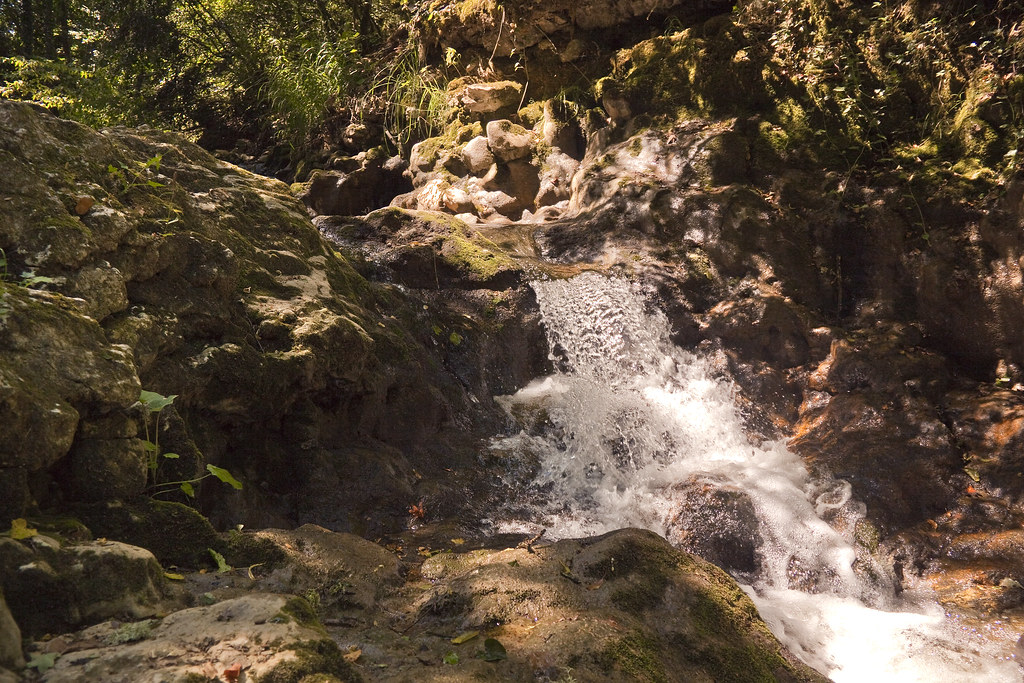

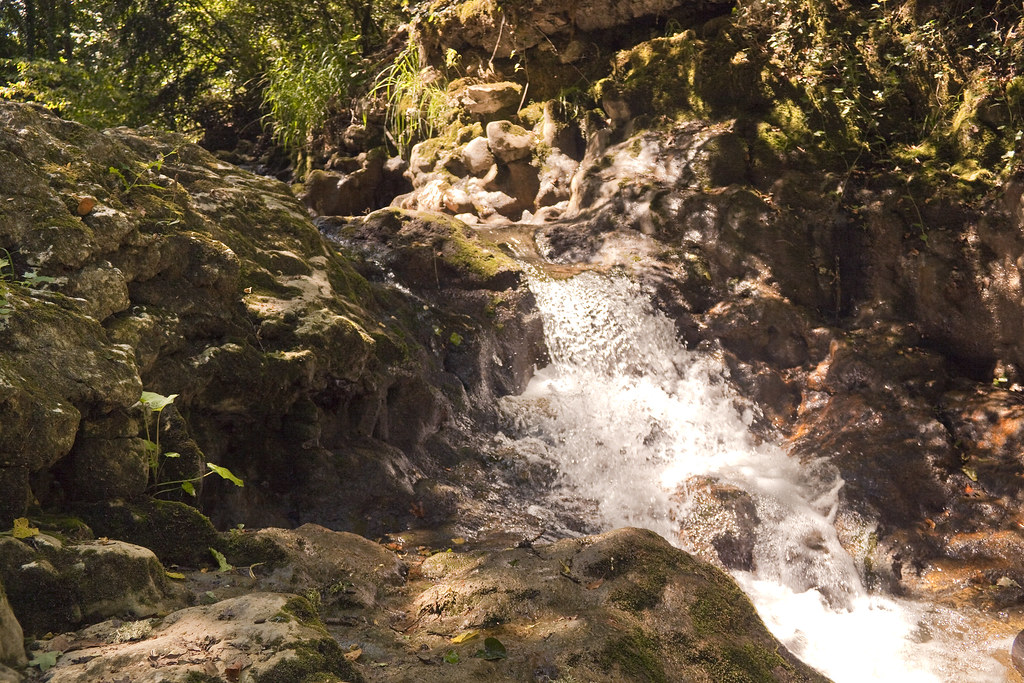
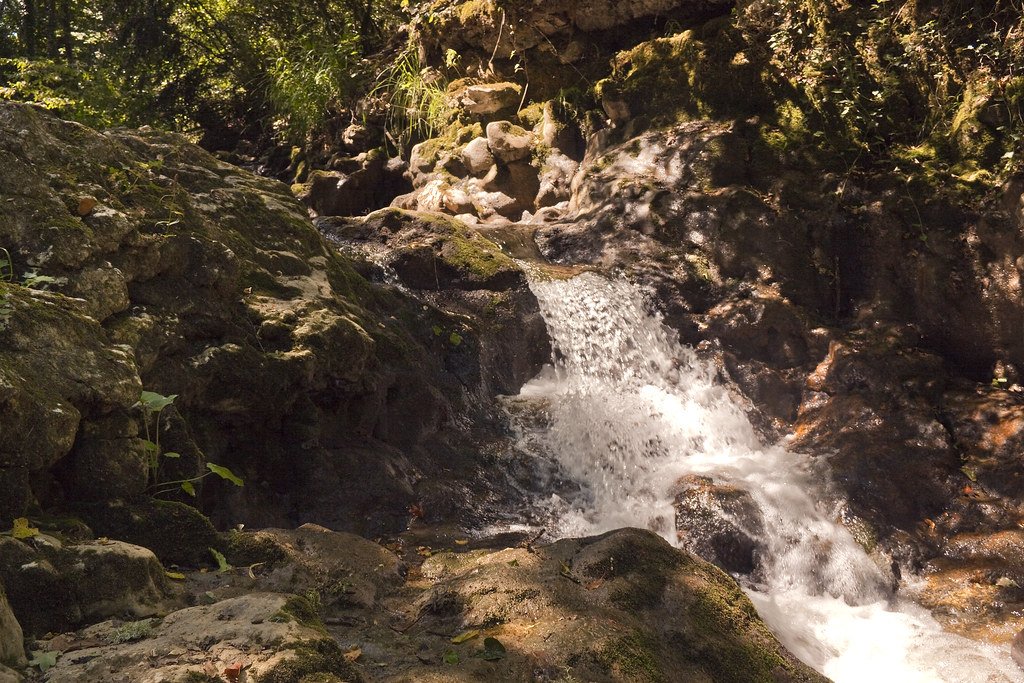
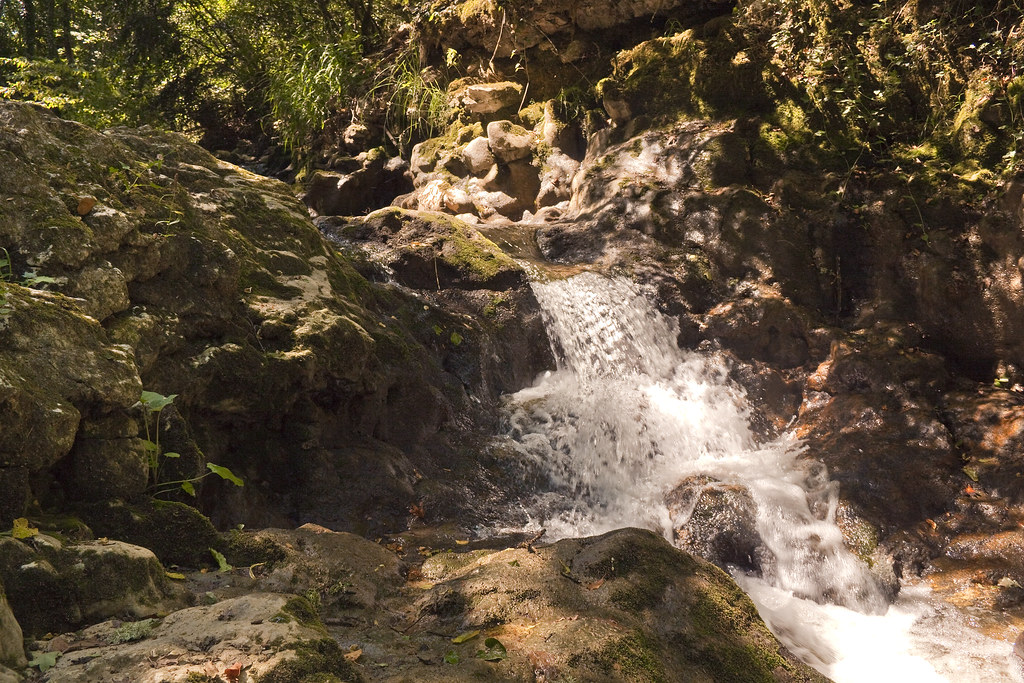
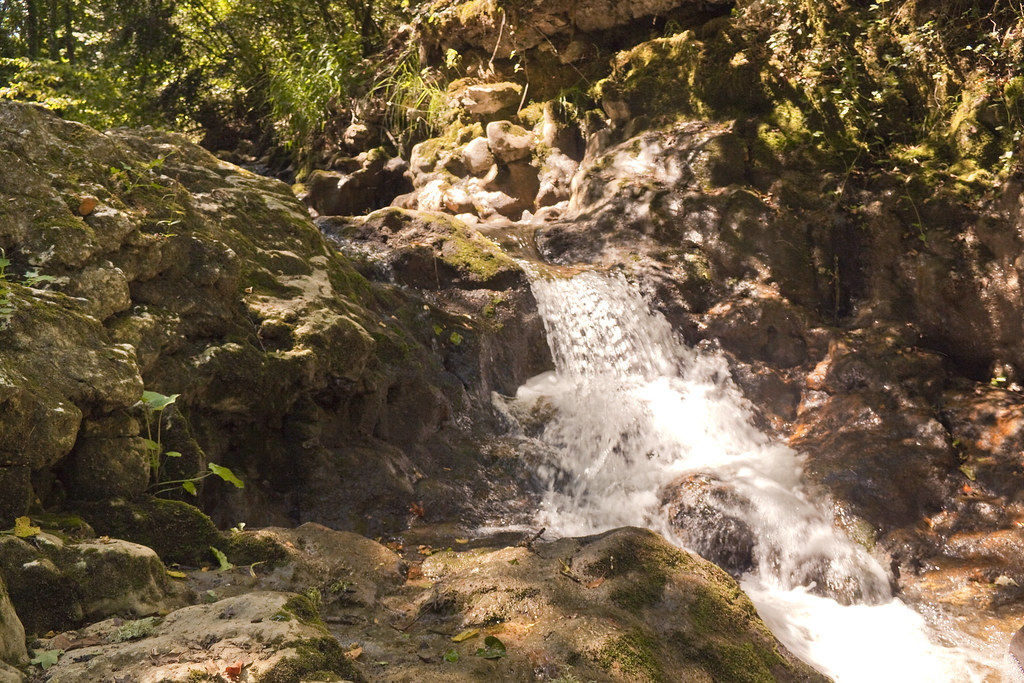
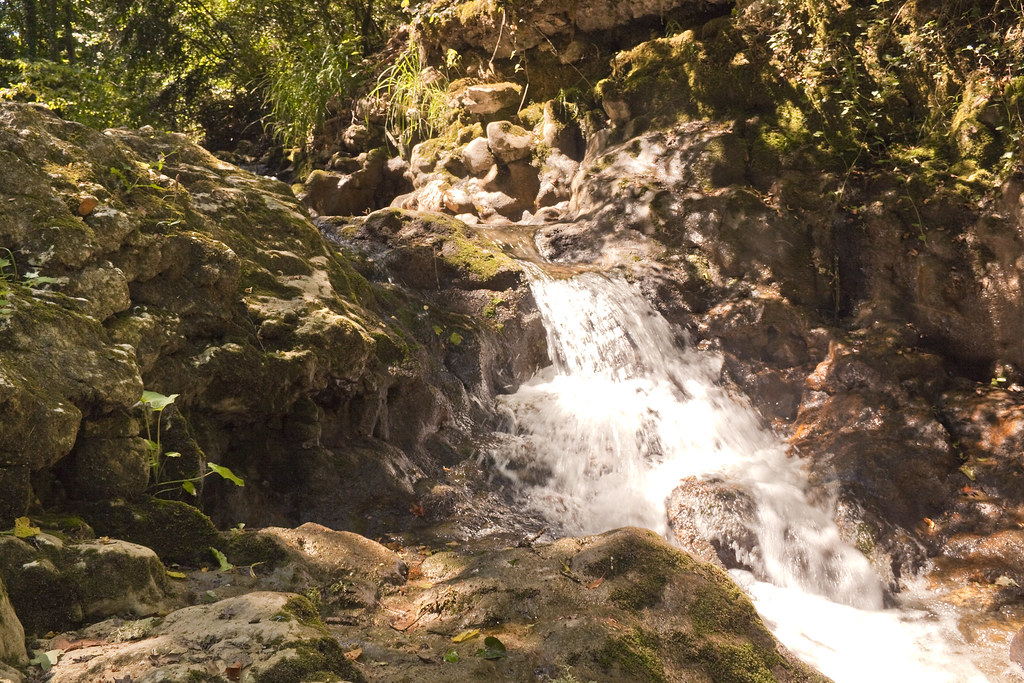
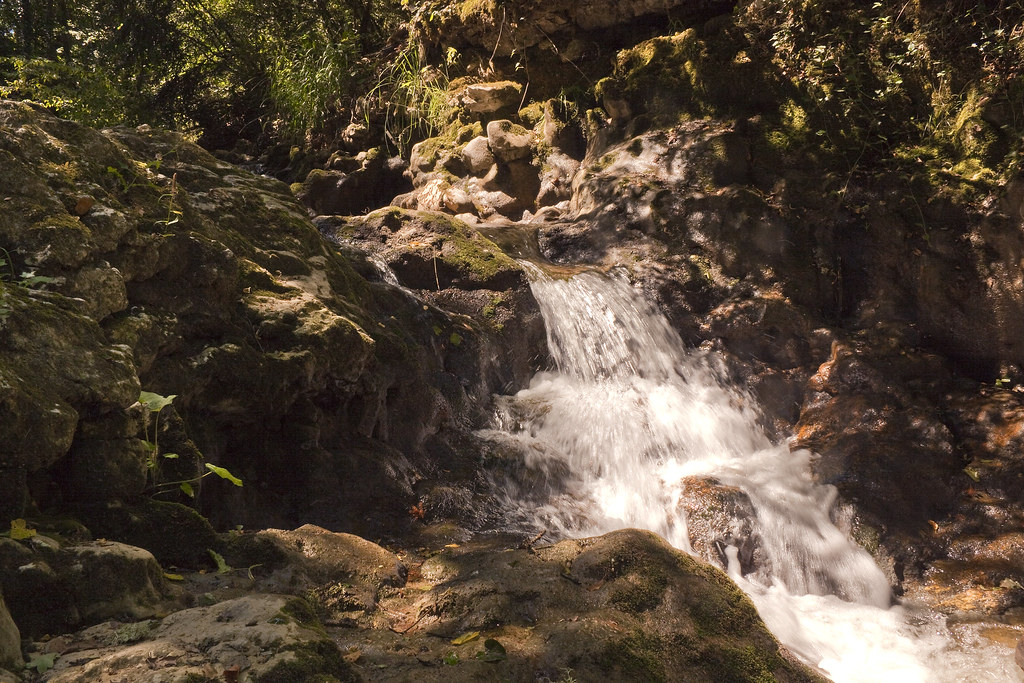
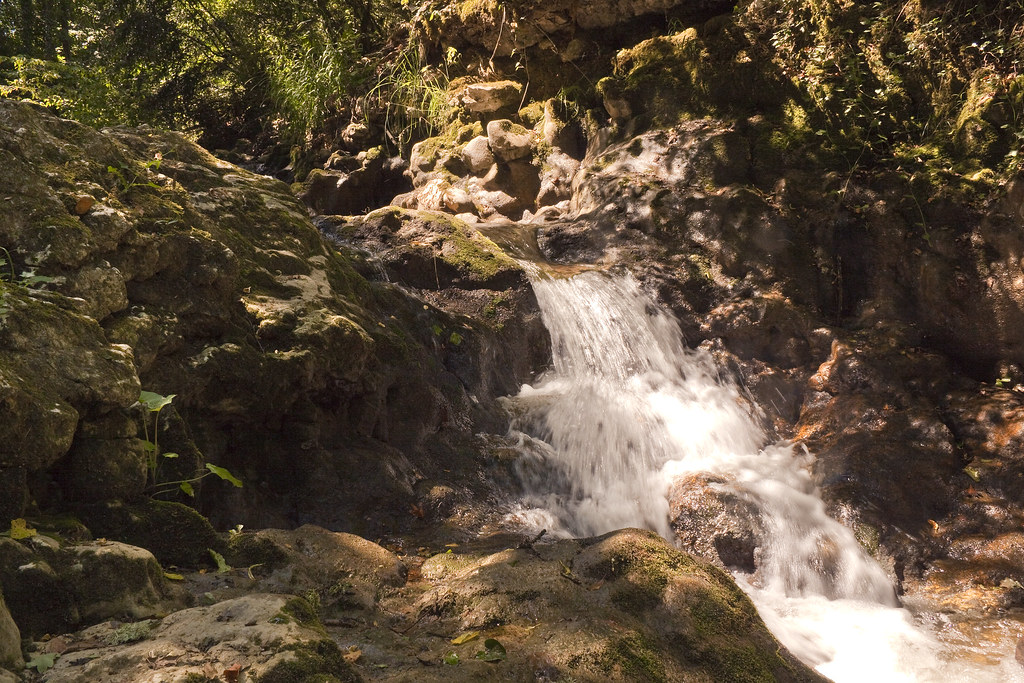
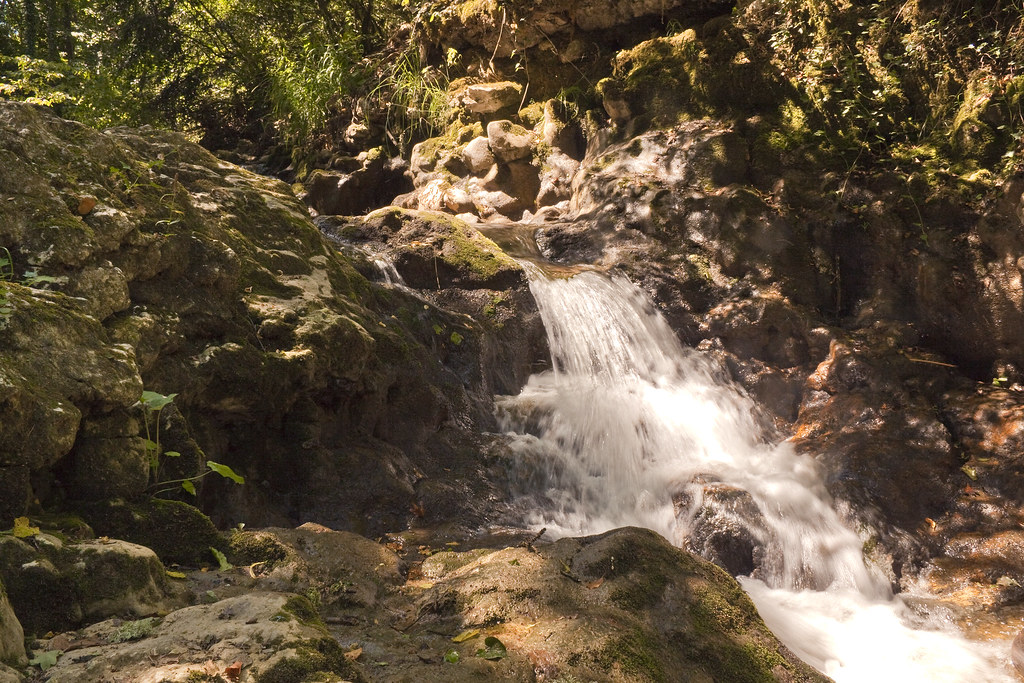
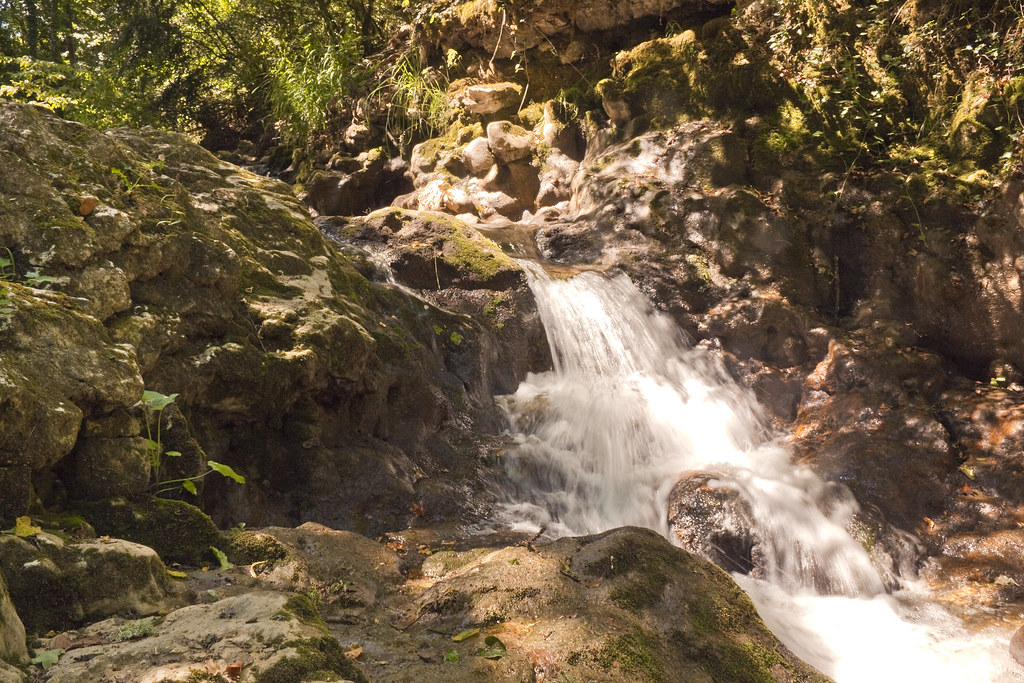
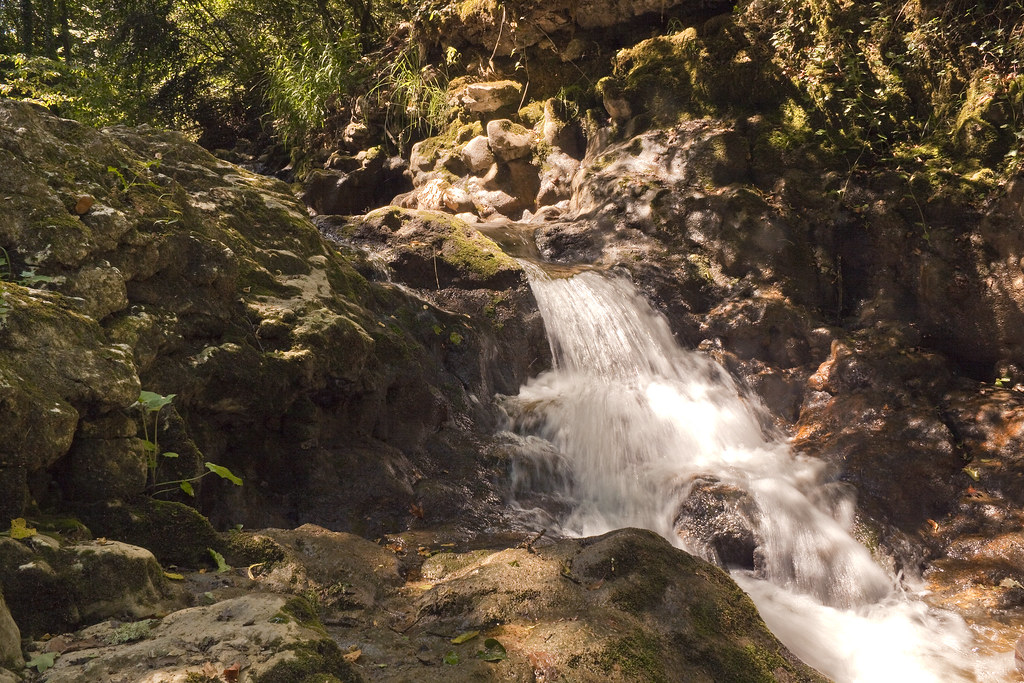
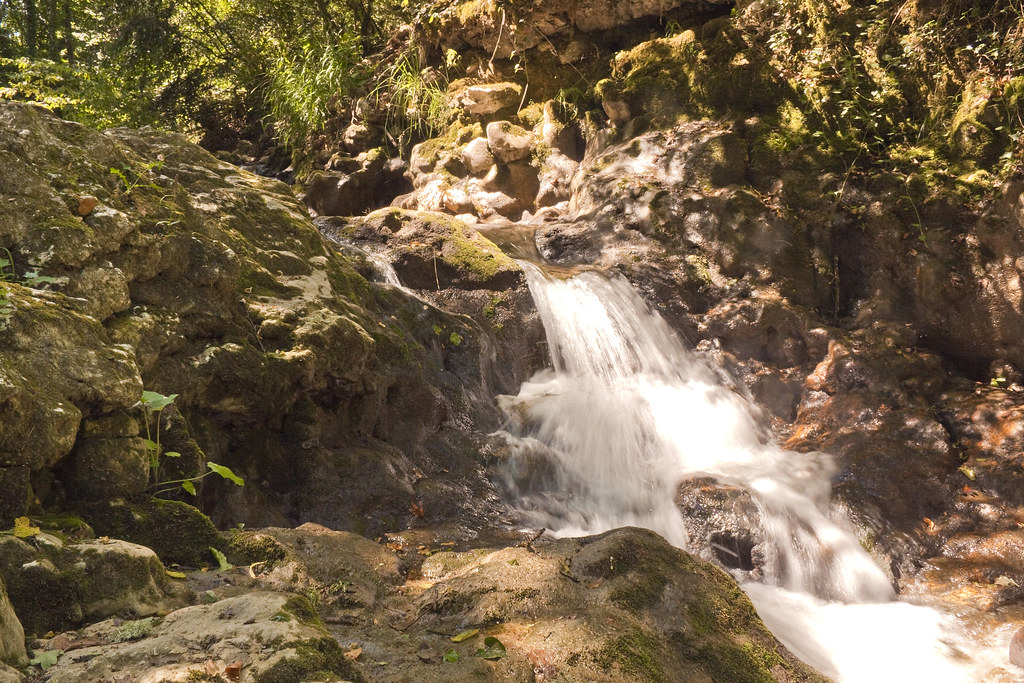
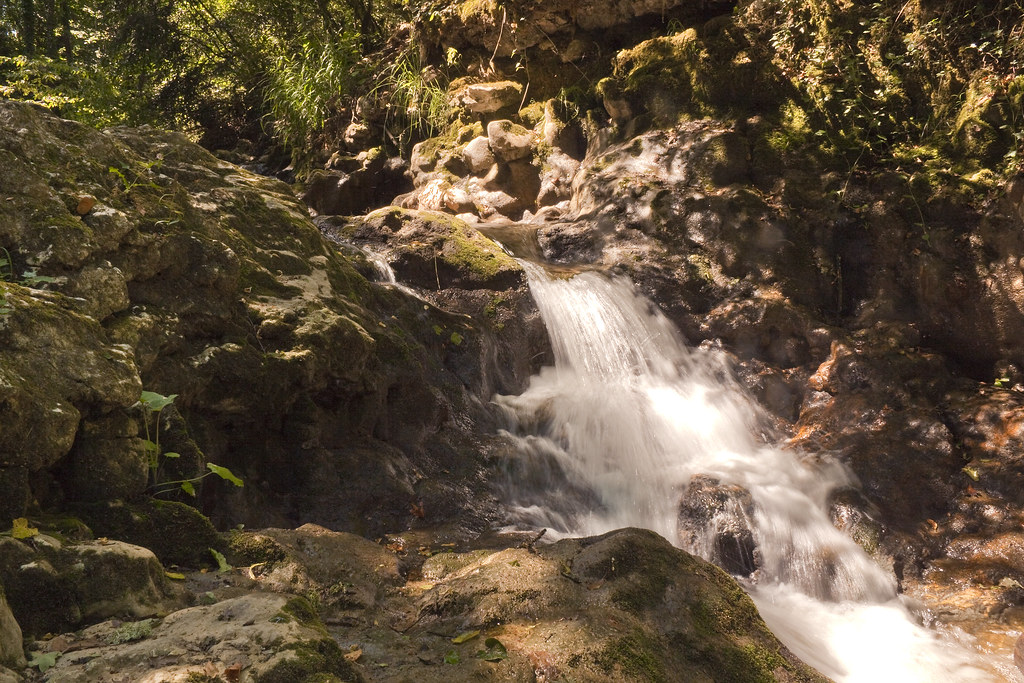
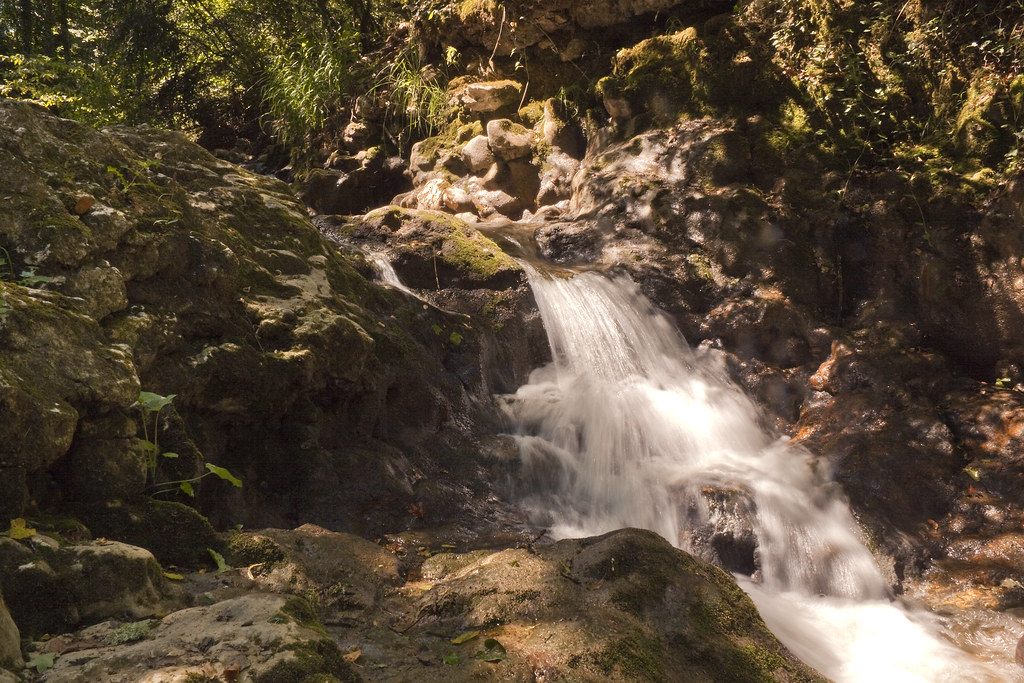
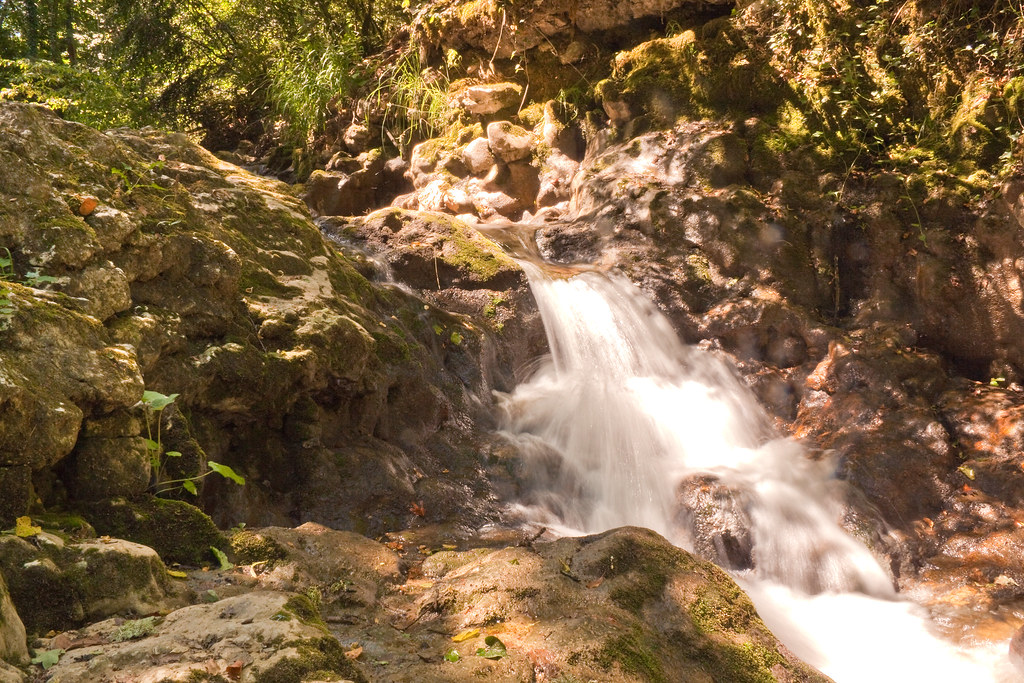


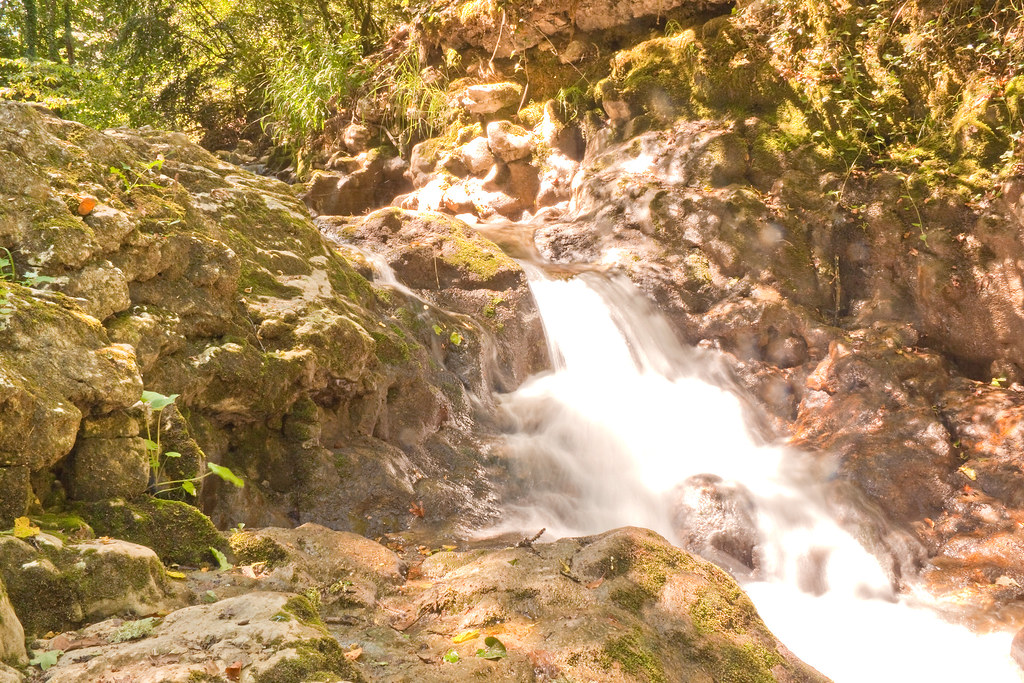
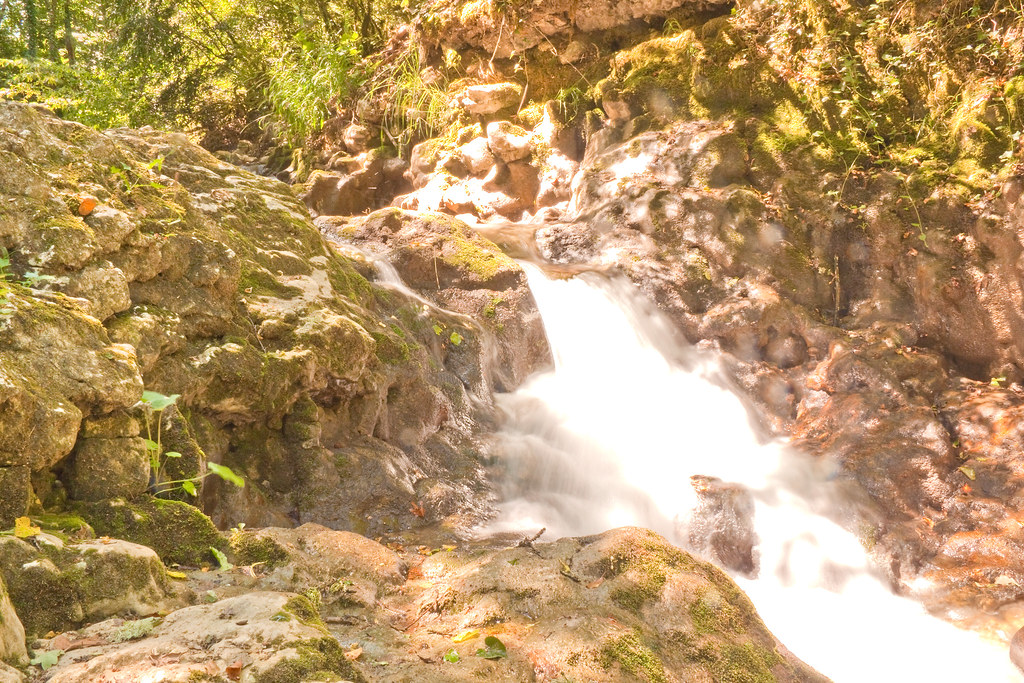
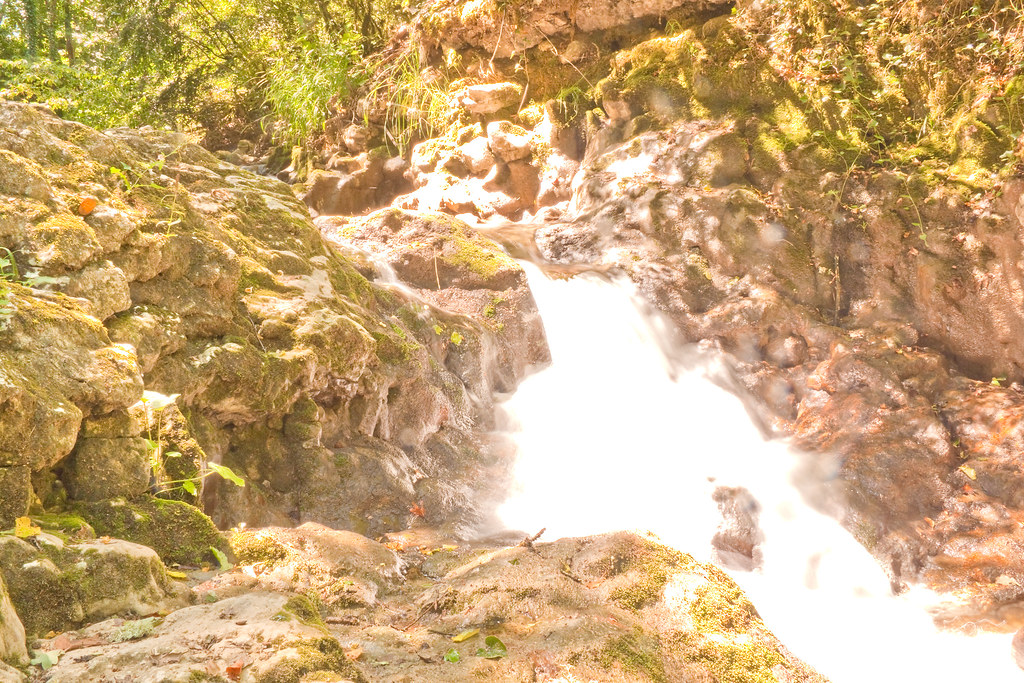
No comments:
Post a Comment